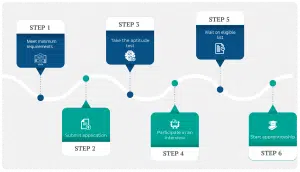The Pharmacy College Admission Test, commonly referred to as the PCAT, is a screening test used by colleges and universities to identify whether you are qualified for their pharmacological program, and likely to pass your coursework.
The PCAT measures your general academic abilities as well as scientific knowledge, and passing the test is a requirement for being accepted into a pharmacy program.
Did you know?
The Pharmacy College Admission Test tests your general and scientific knowledge. The test includes (1) writing, (2) biological processes, (3) chemical processes, (4) critical reading, and (5) quantitative reasoning. While some schools will accept students in the 50th percentile, top schools look for candidates who finished in the 70th percentile or higher.
The PCAT is a multiple-choice test with an essay section. You will have three hours and forty minutes to complete the 192 questions and write your essay. Passing the test is just one step in the application process and doesn’t guarantee acceptance. However, students who fail the test will have difficulty getting into any pharmacy program.
Start practicing with iPrep, so you get into the program you deserve!
PCAT Question Types Explained
The PCAT is a multiple-choice test that challenges you in both scientific knowledge and general skills.
The following table presents the test’s 5 sections.
| Section | Number of Questions | Time Limit |
|---|---|---|
| Writing | 1 prompt | 30 minutes |
| Biological Processes | 48 total | 45 minutes |
| General Biology | Approx. 24 | |
| Microbiology | Approx. 10 | |
| Human Anatomy and Physiology | Approx. 14 | |
| Chemical Processes | 48 | 45 minutes |
| General Chemistry | Approx. 24 | |
| Organic Chemistry | Approx. 10 | |
| Basic Biochemistry Processes | Approx. 14 | |
| Critical Reading | 48 total | 50 minutes |
| Comprehension | Approx. 14 | |
| Analysis | Approx. 20 | |
| Evaluation | Approx. 14 | |
| Quantitative Reasoning | 48 | 50 minutes |
| Basic Math | Approx. 12 | |
| Algebra | Approx. 12 | |
| Probability & Statistics | Approx. 8 | |
| Organic Precalculus | Approx. 8 | |
| Calculus | Approx. 8 |
Writing
In this section, the test will present you with a writing prompt that falls under the health, science, social, political, or cultural category. The topics chosen are frequently in the news, and it may be helpful to listen to news programs on NPR or read magazines like TIME to stay on top of the issues about which you may be asked to write.
Your score will be based on how well you write and how well you present your argument.
The essay is a problem/solution essay, where you must first explain the problem before offering a solution. While it may seem difficult to write a well-thought-out essay in 30 minutes, practice and pre-planning can help.
Successful essays generally will follow this pattern:
- Introduction – explain the issue and why it is a problem
- Body of essay – write three ways you would solve the problem. Each way should be contained in a single paragraph. Even if you are not sure how you feel about the issue, the important thing is to pick a side. You can also prepare your arguments beforehand.
For example, one solution to almost any issue is increased education. Regardless of the problem being presented, you can write about how increasing education within the affected population will improve the current situation.
Other arguments you can prepare beforehand are better leadership, stricter or looser laws, increased funding, finding a compromise, or innovating new solutions. These types of arguments can easily be applied to nearly every prompt you will be given. - Conclusion – close by summarizing your argument and how it resolves the issue
Biological Processes
There are 48 multiple-choice questions in this section, testing your knowledge of general biology, human anatomy and physiology, and microbiology.
Biological Processes questions may be standalone questions or relate to a passage. Each item will either be in the form of a question or fill in the blank in a sentence.
Half the questions will be on general biology, while 30% will be on human anatomy and physiology and the last 20% will cover microbiology.
General biology – includes cellular and molecular biology, diversity of life forms, and health
Microbiology – includes microorganisms, infectious diseases & prevention, microbial ecology, medical microbiology, and immunity
Human anatomy & physiology – Structure and systems
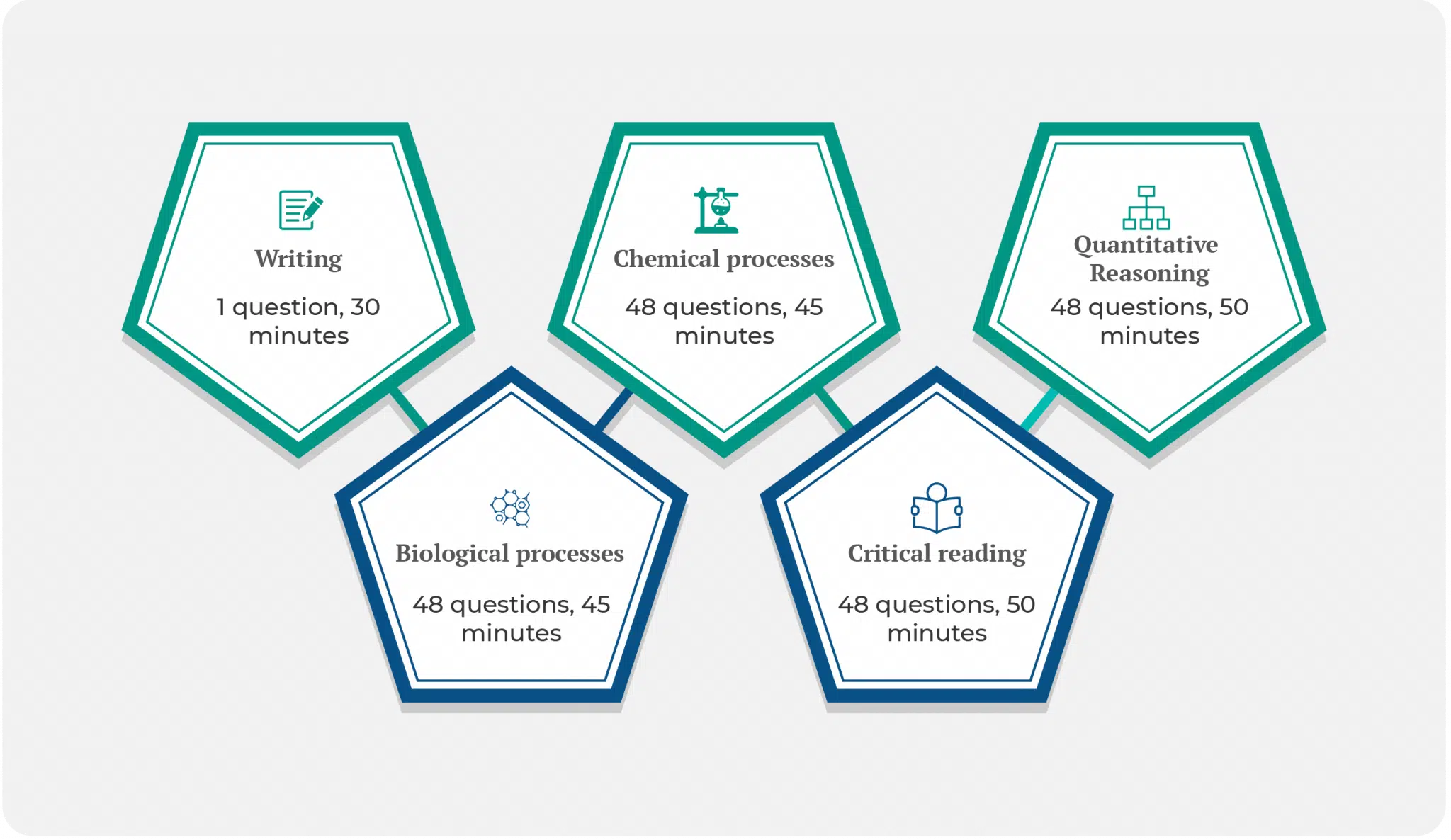
Chemical Processes
There are 48 multiple-choice questions in this section, testing your knowledge of general chemistry, organic chemistry, and basic biochemistry processes.
Chemical Processes questions may be standalone questions or relate to a passage. Each item will either be in the form of a question or fill in the blank in a sentence.
Half the questions will be on general chemistry, while 30% will be on basic biochemistry processes and the last 20% will cover organic chemistry.
General chemistry – includes atomic theory, chemical bonding, reactions and reaction mechanisms, kinetic theory, solutions, and nuclear chemistry: radioisotopes
Basic biochemistry processes – includes DNA and RNA, lipids, and proteins
Organic Chemistry – includes structure and properties and reactions of organic compounds
Critical Reasoning
There are 48 multiple choice questions in this section. You will be asked to read passages that address any number of issues and how they relate to the natural sciences, social sciences, or humanities.
Questions may relate to the overall passage, as well as words, paragraphs, or sections of the passage.
Analysis questions make up 40% of the test, while comprehension and evaluation account for 30% each.
Comprehension – includes words in context, identifying main ideas, identifying supporting details, and drawing conclusions
Analysis – Relationship between ideas, author’s purpose, author’s tone, identifying facts and opinions, and identifying rhetorical strategies.
Evaluation – Bias, support in an argument, and recognizing the author’s conclusion
Quantitative Reasoning
The math questions in this section are in the form of a question, in the form of an incomplete sentence that requires completion, or in the form of an incomplete sentence with an = sign at the end of the statement.
Basic math and algebra each make up 25% of the math section. Probability & statistics and precalculus are each 18%, and calculus makes up the final 14% of the test.
Basic math – includes fractions, percentages, decimals, unit conversions, log base 10, and ratios
Algebra – includes expressions, equations, inequalities, and functions
Probability & statistics – includes measures of central tendency, variation, graphical, probability, and statistical concepts
Precalculus – includes functions, complex numbers, and vectors
Calculus – includes limits, continuity derivatives, integrals, and integration

PCAT Preparation Strategies
If you are serious about being a pharmacist, you must commit to preparing for the PCAT.
Most students take the PCAT during their sophomore year in college, after completing two semesters of biology, two semesters of chemistry, and are enrolled and already taking organic chemistry. Completing the coursework may be the most important step you can take in preparing for the test.
In addition, it is helpful to give yourself 2-3 months to prepare for the test. Create a study schedule with frequent practice exams so you can measure your progress and see which areas you need to prepare for.
Find a Test Preparation Course that Meets Your Needs
You’ll want to start with an online test prep course that can guide you through all the different sections of the Pharmacy College Admissions Test, rather than looking for different courses that focus on biology, chemistry, math, and reading. Keep the following in mind while looking for a course:
- Your course should match your learning style. If you prefer reading materials, your course should be text-heavy. If you learn better from video and audio courses, sign up for courses with those options.
- Don’t settle for a generic pharmacy or science course. Find a course that uses the same format as the PCAT, which will help you feel more comfortable with the format and exam on test day.
- Look for courses with recent reviews. You want a prep course that is up to date.
Find Your Strengths and Weaknesses
Take a diagnostic test to identify areas that you need to spend more time studying. The results will help you focus your areas of study, making your study time far more efficient. For example, if you struggled with chemistry but scored well on biology, there’s no reason to dedicate long periods of time to study biology.
Additionally, the diagnostic test will help you reduce test day anxiety, as you’ll have a pretty good understanding of your skillset.
Once you’ve identified your weaknesses, develop an action plan to strengthen those areas in which you struggle. Create measurable goals so you can see progress. For example, after taking the diagnostic exam you may have scored a 40% in chemistry.
Create a plan in which you study for one hour per day for five days straight, with the goal of improving your score by 10%. After three weeks, if you can reach your targets, your score will be 70%. If you are not reaching your goals, it’s probably a good idea to modify your study time or approach.
Practice Answering Multiple-Choice Questions
This might seem silly, but it is a skill set that will help you get through these questions quickly. As all the questions in the PCAT are multiple-choice, this cannot be overstated.
You’ll learn how to eliminate options and make educated guesses. You’ll also want to learn time-saving techniques for math problems. Find a guide that teaches these tips and tricks.
Be sure to check out iPrep’s tutorials. We include multiple-choice techniques in our online courses, which will help you save time.
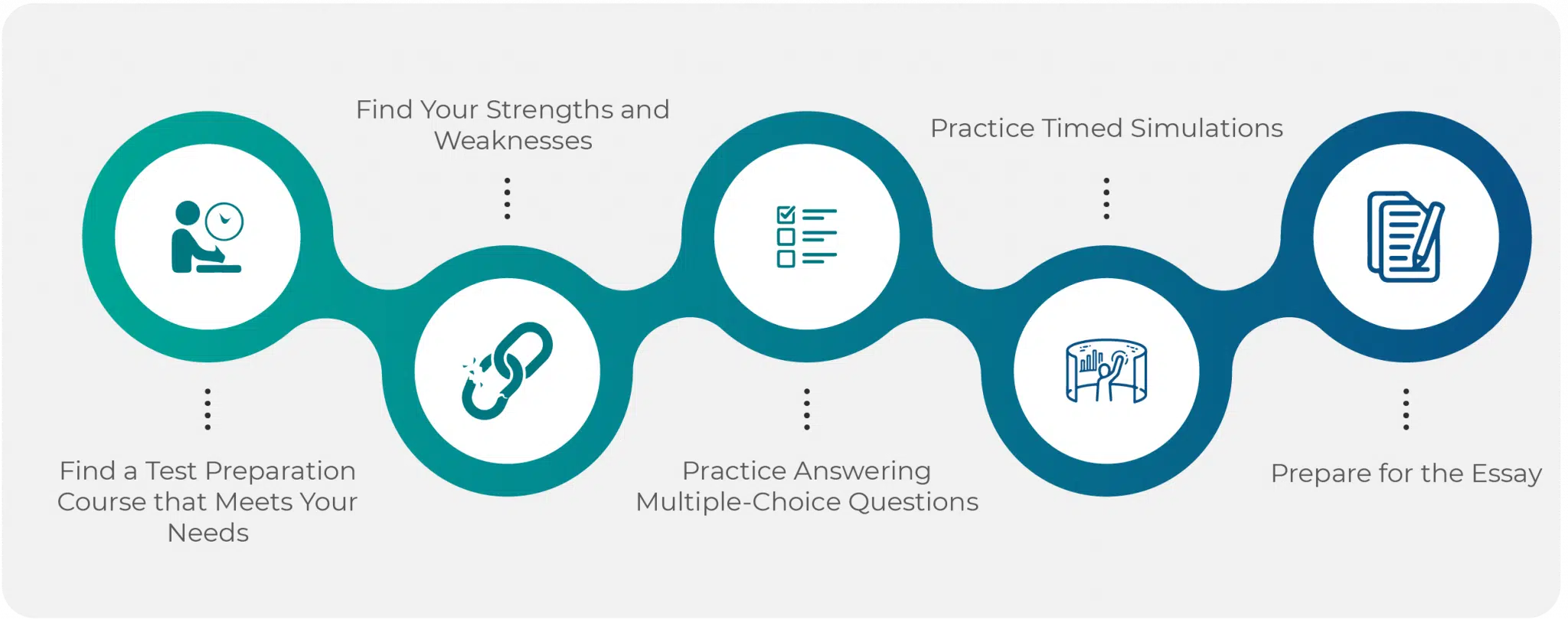
Practice Timed Simulations
By simulating the test in timed situations, you’ll have a good understanding of the time you need per question. Take as many simulated tests as you can, which will help you feel comfortable with the test and with the time constraints that you will be facing in each section of the test.
Preparing for the Essay
You will also need to run a special test simulation for the essay test, so you don’t find yourself panicking and experiencing writer’s block on test day.
To prepare for the essay portion, create a simulated test with prompts that can be found either online or in a PCAT test prep course. Block off thirty minutes, write your essay, and have a friend or teacher review it and offer feedback.
Test Facts (tl;dr)
- Total of 192 multiple-choice questions and 1 essay
- The test takes 2:40 to complete. There is a break after the chemistry test.
- There are 5 sections
- Writing
- Biology
- Chemistry
- Critical reading
- Quantitative reasoning
- You may not bring calculators or any other items into the testing room
- Acceptance rates vary by school, but you will need to score in the 50th percentile or higher to get accepted into just about any program
- Once a section is completed, you can’t go back to review answers
- Registration for the PCAT costs $210
- You will need to show ID to take the test
- The test is administered at Pearson VUE test centers in the United States
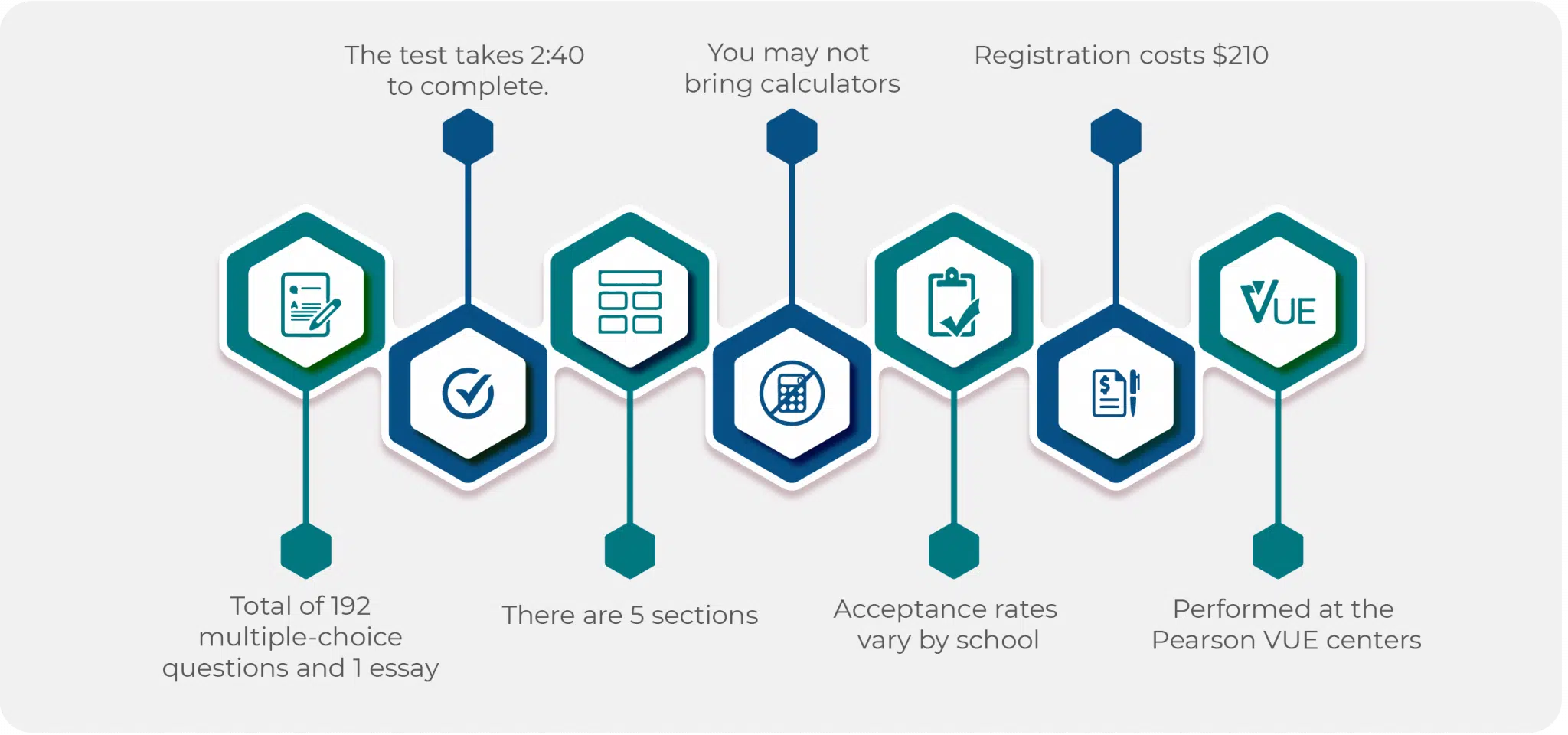
Retake Policies
Students can retake the test up to five times. Those who want to take it for the sixth time may be asked for additional documentation to take the test again. Documentation includes:
- Name
- PCAT ID number
- Explanation of special circumstances requiring that the test be taken again
- One of the following:
- A copy of your completed application to a pharmacy school for the upcoming year and a transaction confirmation from the institution
- A letter on official school stationery from an administrator or faculty member recommending that you take the test and verifying that you are applying to the school in the upcoming school year
Please note that schools do take multiple tests into consideration when weighing applicants. Someone who does well on their first attempt is considered a better applicant than someone who did poorly on their early attempts.
Test Features
Digital Testing
The PCAT is administered on a computer and does not offer the option of using pen and paper. Tests are given at Pearson VUE testing centers.
Fast Results
Your unofficial score is available immediately, and you will get a printout report before leaving the testing center.
Test Dates and Registration
The PCAT is given six times a year: in January, February, March, July, September, and October. You should register well in advance to ensure that the date you want is available.
Registration is completed online at https://tpc-etesting.com/pcat/. You can find registration deadlines, as well as late registration information on the site.
Registration requires payment of $210, which is partially refundable if you cancel before the cancellation deadline. Before completing your registration, we recommend you check with the Pearson VUE testing center near you to confirm that there is an available seat for you.
Registration is a two-part process. After registering with PCAT, you must register at the Pearson VUE testing center.
Results Scale and Interpretations
The PCAT does not have a passing score. Rather, you are ranked based on a percentile and compared to others who took the test in your year. The higher percentile you rank, the more likely that you can get into the pharmacy school of your choice.
Your official transcript will be sent to the schools of your choice. It contains the results of every PCAT you have taken to date.
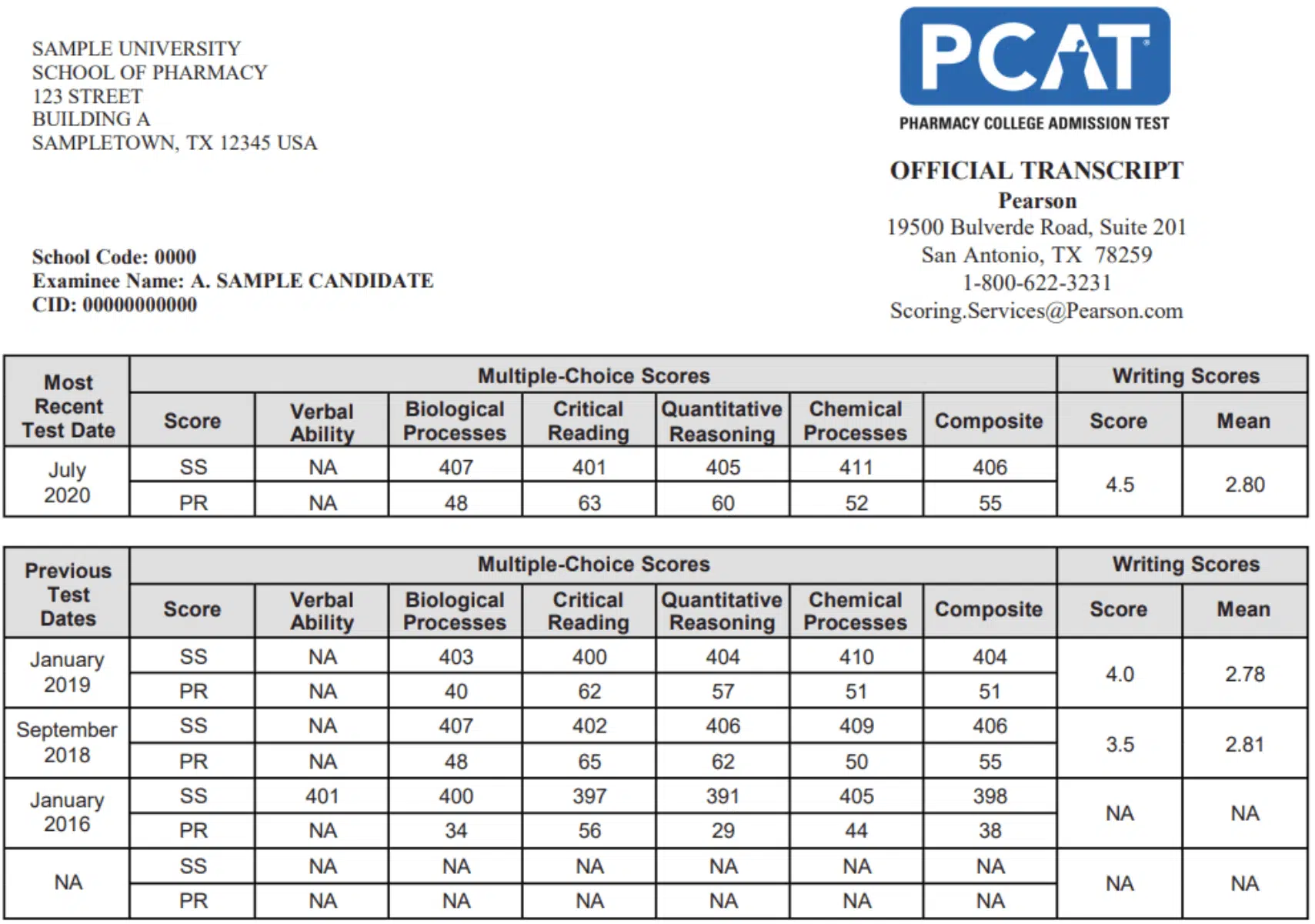
You will receive your official score report in the mail. The report shows your raw score and percentile.
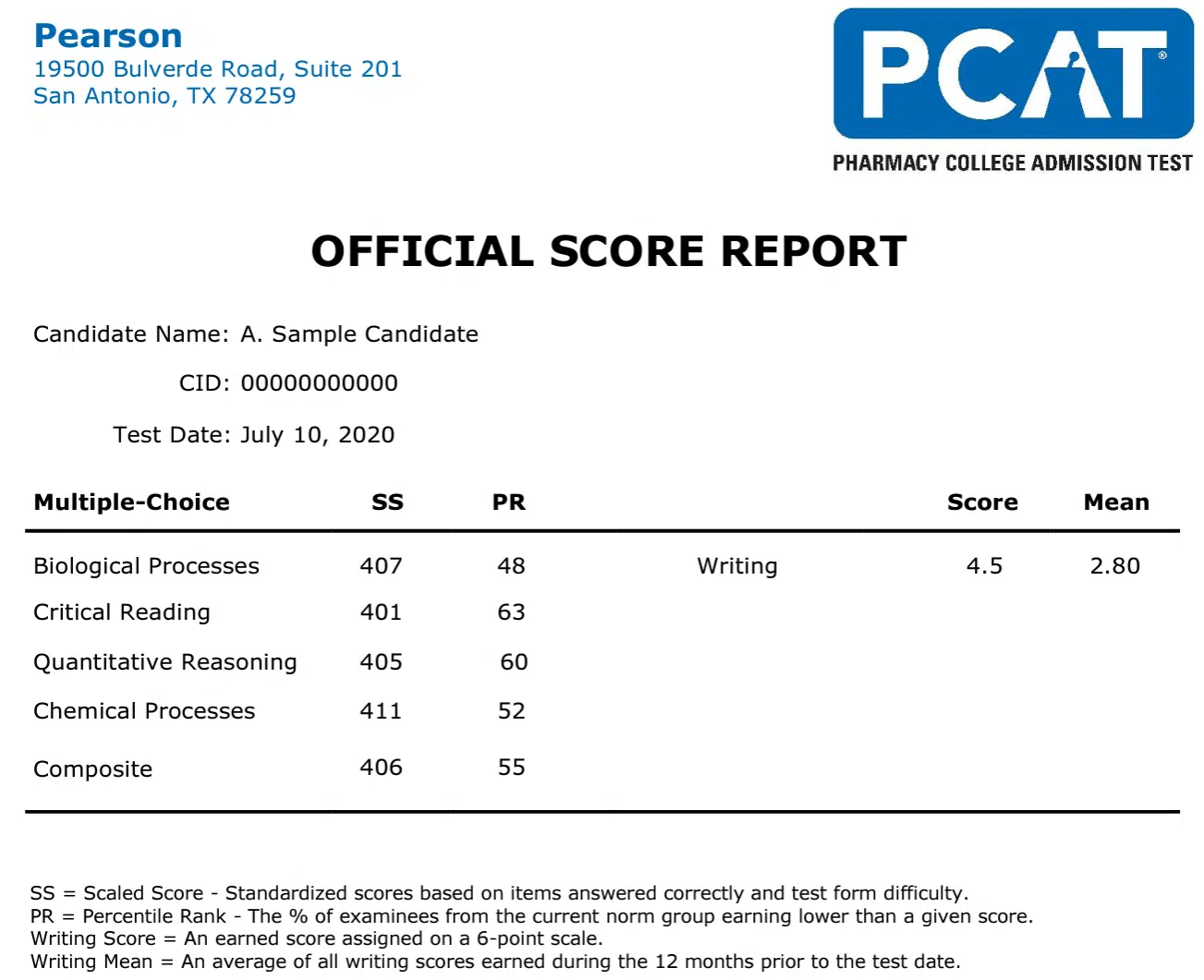
Some of the questions on the test are for testing purposes. While you should answer every question since you don’t know which questions are the test questions, the experimental questions are not included in your results.
Multiple-Choice Questions
The test is scored on a scale from 200-600, with a median score of 400. A score of 430 is typically in the 90th percentile. As shown in the official score report sample below, each of the four multiple-choice sections has a raw score and a percentile score. In addition, there is a composite score combining all four multiple-choice sections.
Writing Test
The writing test is graded on a scale of 1-6. The official score report shows both your score and the mean average from all other test takers.
Results are as follows:
- Score 6 – Superior
- Score 5 – Proficient
- Score 4 – Effective
- Score 3 – Satisfactory
- Score 2 – Marginal
- Score 1 – Inadequate
iPREP: Concise. Focused. What you need.
Sign up
Immediate access
Practice
Online self-paced
Pass
Ace that Test!
PCAT FAQs
Most students take the PCAT during their sophomore year in college, after completing two semesters of biology and two semesters of chemistry, and are already taking organic chemistry. However, some students elect to take the test later in their academic career, as they are preparing for pharmacy school.
Your scores will be kept on record for 6 years.
Yes, underage students may take the test, but they need a parent or guardian to sign a consent form.
You can take the test up to five times. Additional attempts may require submission of supporting paperwork, such as a completed application to a pharmacy school or a letter for a pharmacy school administrator. Each attempt costs $210.
There are 192 multiple choice questions and one essay on the PCAT
The PCAT isn’t pass/fail. However, every school has its own PCAT percentile standards. Check with the schools of your choice to see what their requirements are.
One of the best ways to prepare is to study using an online course with simulated tests, such as those offered by iPrep.
The essay is scored on a scale of 1-6, with 6 being the highest score.
The PCAT is just one of the factors administrators look at when reviewing your education. They will also look at your overall GPA, your science and math GPA, and other factors, such as extracurricular activities.
PCAT Test Tips
Follow these tips to improve your results.
1. Read the instructions, passages, and questions carefully
Make sure you understand what is being asked of you in each section, and what you are being asked in the question. Remember, if the question refers to a reading passage, the answer is based on that text rather than information you may know from someplace else.
2. Work at a good pace
You have about a minute for every question, but that doesn’t factor in the time it takes to read the passages. Use simulated tests to get a better feel for the amount of time it takes you to read through the materials and base your pace on the time it took while practicing.
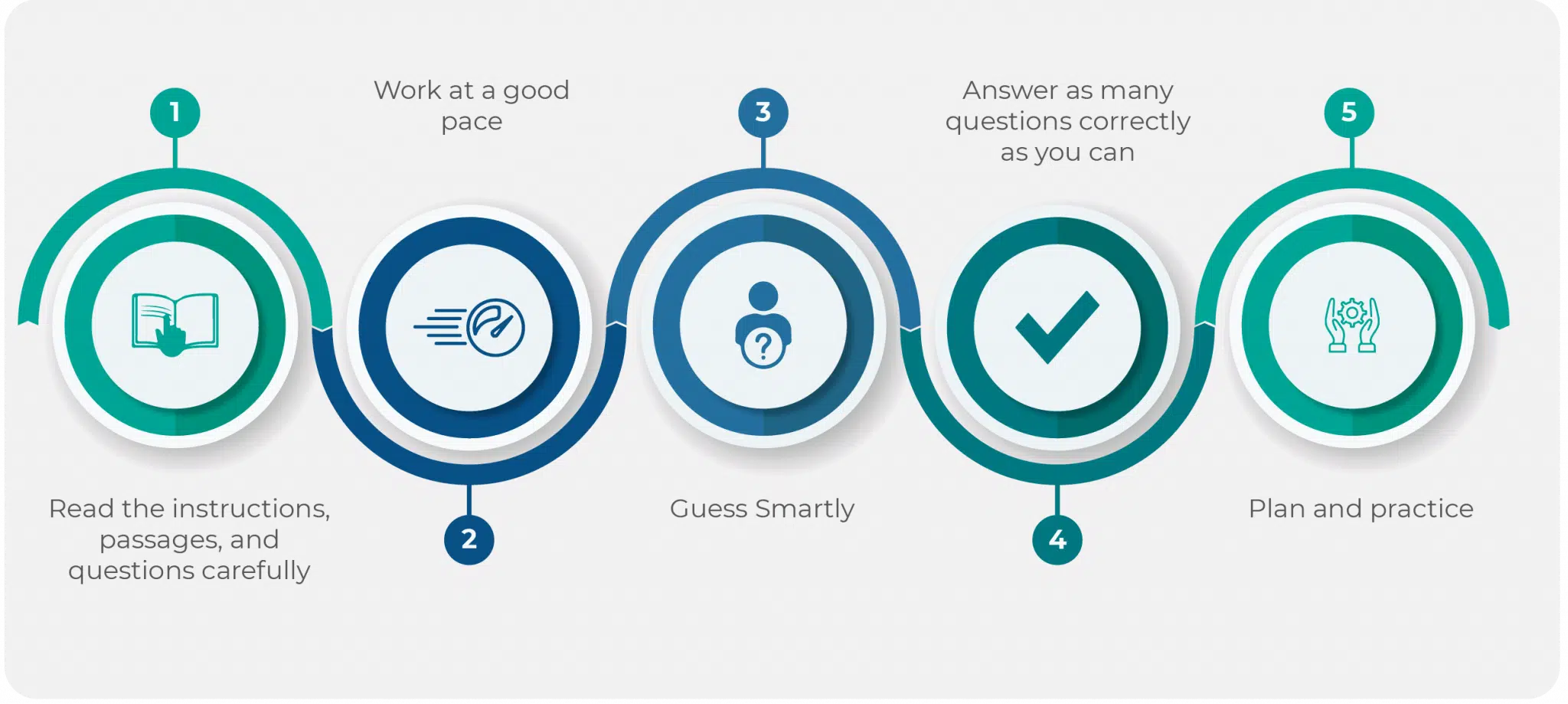
3. Guess Smartly
If you don’t know the answer to a question, begin by eliminating obvious wrong answers and then take your best guess. You don’t lose points for wrong answers.
4. Answer as many questions correctly as you can
Remember, this test isn’t asking you to score 100%. A raw score of 430 out of 600 will place you at about the 90th percentile, so focus on getting as many right as you can without worrying about getting some answers wrong.
5. Plan and practice
Create a 3-month study plan and keep on practicing. The more familiar you are with the test, the fewer surprises you’ll face on test day.
Administration
- Test Location: Tests are given at Pearson VUE testing centers.
- Test Schedule: Tests are given six times a year: in January, February, March, July, September, and October. You can find the exact dates at https://tpc-etesting.com/pcat/.
- Test Format: Multiple-choice taken on computer and written essay typed into a computer.
- Test Materials: Taken on a computer with a calculator built into the platform.
- Cost: The test costs $210. If you register late, there is an additional $49 fee.
- Retake Policy: You can take the test up to 5 times. You can try it additional times, but you may be asked for additional documentation
Test Provider
The Pharmacy College Admissions Test (PCAT) was created and is administered by Pearson Education. Educational institutions have been relying on Pearson to help assess applicants for spots in their programs for decades.
Information Sources
Disclaimer – All the information and prep materials on iPrep are genuine and were created for tutoring purposes. The Pharmacy College Admissions Test is a registered trademark of Pearson Education, Inc. iPrep is not affiliated with Pearson or any other company mentioned.
Free PCAT practice Test: Get to know what the PCAT Test will be like by practicing with these sample questions.
Chemistry
Question 1 of 4
In tertiary alcohols carbon atoms containing a hydroxyl group is also attached with:
- One carbon atom
- Two carbon atoms
- One oxygen atom
- One nitrogen atom
- One hydrogen atom
The correct answer is B: Two carbon atoms
In a tertiary alcohol carbon containing OH group is bound to two other carbon atoms like in (CH3)3C-OH.
Question 2 of 4
A compound that has the molecular formula of C5H10O5, its empirical formula will be:
- C5H10O5
- C5H2O5
- CH10O5
- CH2O
- CH5O
The correct answer is D: CH2O
The empirical formula is the simplest ratio of elements in a formula. If we simplify C5H10O5 by dividing by 5 then we get CH2O.
Question 3 of 4
Californium has a half-life of 800 years. How much time will it take to decay 50g of Californium into 6.25g?
- 800 years
- 1600 years
- 50 years
- 3200 years
- 2400 years
The correct answer is E: 2400 years
50 g → 25 g → 12.5g → 6.25 g
It takes 3 half lives to reach 6.25 g. One half life is 800 years so,
3 X 800 = 2400 years
Question 4 of 4
As the number of monomers increases in a polymer the ………… of the polymer also increases.
- Elasticity
- Shelf-life
- Reactivity
- Durability
- Strength
The correct answer is E: Strength
When small molecules join to make macromolecules, the process is known as polymerization and resulting compounds are known as polymers. As the chain length of polymers increases their strength also increases.
Biology Sample Questions
Question 1 of 4
In what phase do the chromosomes get pulled apart into sister chromatids to opposite sides of the cell?
- Cytokinesis
- Metaphase
- Prophase
- Telophase
- Anaphase
The correct answer is E. Anaphase
Explanation: Anaphase ensures equal distribution of chromatids in the daughter cells and is the most critical phase of the mitosis. The spindles contract towards their respective poles and sister chromatids are separated from the centromere.
Question 2 of 4
Oxidative phosphorylation is converting:
- Glucose to CO2
- Oxygen to water
- CO2 to glucose
- Glucose to G3P
- ADP to ATP
The correct answer is E. ADP to ATP
Explanation: The electron passes from a series of electron carriers and energy is released. Some of this energy is used to move protons. This energy is used for phosphorylation of ADP to ATP process known as oxidative phosphorylation.
Question 3 of 4
An enzyme that transfers amino acid molecules to the site where peptide chains are being synthesized is:
- mRNA
- tRNA
- rRNA
- transporter proteins
- Cytoskeleton
The correct answer is B. tRNA
Explanation: Transfer RNA (tRNA) comprises about 10 to 20% of the cellular RNA. It transfers amino acid molecules to the site where peptide chains are being synthesized.
Question 4 of 4
Which of the following is not a response of innate immune response?
- Surface barriers
- Leukocytes
- Inflammation
- Complement system
- B Cells
The correct answer is E. B cells
B cells are components of the adaptive or acquired immune response.
Quantitative Reasoning
Question 1 of 4
Evaluate the value of the unknown variable in the equation:
1/L = 13/8 + K/6
If L = 12,
K = __?__
- $$$ -9\dfrac{1}{4} $$$
- $$$ -9\dfrac{1}{2} $$$
- $$$ -9\dfrac{1}{6} $$$
- $$$ -9\dfrac{1}{24} $$$
The correct answer is A. (-9¼).
| 1/L = 13/8 + K/6 | (Substitute value of ‘L’ from the question). |
| 1/12 = 13/8 + K/6 | (Multiply LCD = 24 with the entire equation) |
| 24 * 1/12 = 24 * (13/8) + 24*(K/6) | (24/12 = 2; 24/8 = 3; 24/6 = 4) |
| 2 * 1 = 3 * 13 + 4 * K | |
| 2 = 39 + 4K | (Subtract ‘39’ from both sides of the equation). |
| 2 – 39 = 39 + 4K – 39 | |
| -37 = 4K | (Divide both sides of the equation by ‘4’). |
| (-37)/4 = K | (Convert improper fraction into a mixed fraction). |
| -(36 + 1)/4 = K | |
| -36/4 – 1/4 = K | |
| -9 – 1/4 = K | |
| K = -9¼ |
Question 2 of 4
The new lottery scratch card series guarantees a 1/10 chance of winning some monetary prize and a 1/2 chance that the win will be a substantial sum. If I buy 20 lottery scratch cards from the new series, how many substantial wins should I expect?
- 10
- 2
- 1
- 4
- 0
The correct answer 1 substantial win.
Explanation:
You can either accumulate the chances in order to find the answer or to calculate the chance of winning a substantial sum in advance.
Step by step:
Tickets bought = 20
Chance of winning tickets = 20 * 1/10 = 20/10 = 2
Chance of a substantial win = 2 * 1/2 = 2/2 = 1
In advance:
Chance of a substantial win = 1/10 * 1/2 = 1/20
Of the tickets bought = 20 * 1/20 = 20/20 = 1
Tips for a quick solution:
- Problems that deal with proportions, combinations, and probabilities, usually appear towards the end of the test. If this is your mathematical strong suit, and time is about to run out, you can guess the answers and move closer to the end of the test.
- Remember that the probability of two terms happening together is always lower than the probability of each of them happening without the requirement of co-occurrence.
Question 3 of 4
Simplify the following expression to its simplest form.
Consider B = 5 and C = -1:
(A3 + A)/A + (C + B)(B – C) – A2
- 25
- A3 – A2 + 24
- 2A2 – 23
- A + 24
The correct answer is 25.
Here’s a detailed video walk-through of the explanation:
In order to solve this question correctly, you need to remember the order of operations (PEMDAS):
- Parentheses
- Exponents
- Multiplication/Division
- Addition/Subtraction
| (A3 + A)/A + (C + B)(B – C) – A2 | Place values B = 5; C = -1 |
| (A3 + A)/A + (-1 + 5)(5 – (-1)) – A2 | Minus negative value is a positive addition |
| (A3 + A)/A + (-1 + 5)(5 + 1) – A2 | Addition within parentheses to resolve them |
| (A3 + A)/A + 4*6 – A2 | Since it is not directly connected to the left parentheses, the multiplication can be completed without distorting the result. |
| (A3 + A)/A + 24 – A2 | The distributive property allows applying divisor A to each of the elements within the parentheses which are separated by a plus/minus sign. This resolves the parentheses. |
| A3 /A + A/A + 24 – A2 | Reduce both expressions by A |
| A2 + 1/1 + 24 – A2 | A2 and – A2 cancel one another |
| 1 + 24 = 25 |
Tip: Look at the choices. The highest power in each of them is different. If you are 100% sure about the highest power, you can mark your choice even without fully solving the problem.
Question 4 of 4
A 250 liter water tank is currently 36% full. How much more water is required to make it 50% full?
- 20 Liters
- 35 Liters
- 50 Liters
- 90 Liters
- 125 Liters
The correct answer is B.
Explanation:
The total capacity of the water tank = 250 liters
Given that 36% of the tank is full, the water missing that would make it 50% = 50% – 36% = 14%
14% of 250 Liters = 14% x 250 = (10% x 250) + (4% x 250) = (10/100 x 250) + (4/100 x 250) = 25 + 4 x 2.5 = 25 + 10 = 35 Liters
Solving Tip:
This question can be solved easily by a method of estimation, the remaining percentage of water needed to make it 50% full is 14%. Now, 12.5% is close to 14% and 12.5% of a value means that the value is divided by 8. So 12.5% of 250 liters = 250 / 8 = 31.2 liters which is closest to option ‘B’ the correct option.
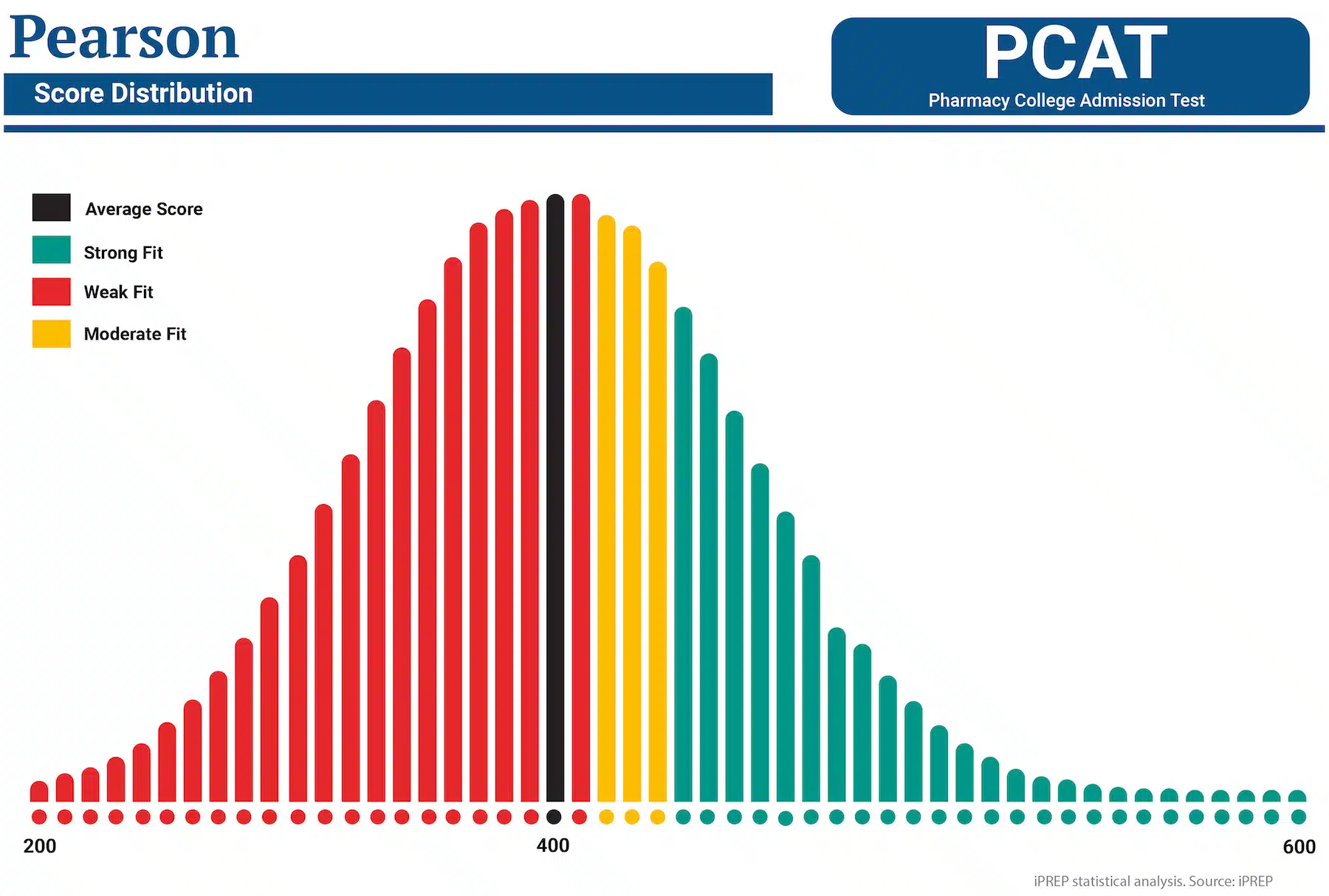
Well done!
You have completed the Sample Questions section.
The complete iPREP course includes full test simulations with detailed explanations and study guides.
‘…TESTS THAT ACTUALLY HELP’

In the first 30 minutes of use I have learned so much more than skipping along the internet looking for free content. Don’t waste you time, pay and get tests that actually help.
Richard Rodgers
January 28, 2020 at 7:49 PM
